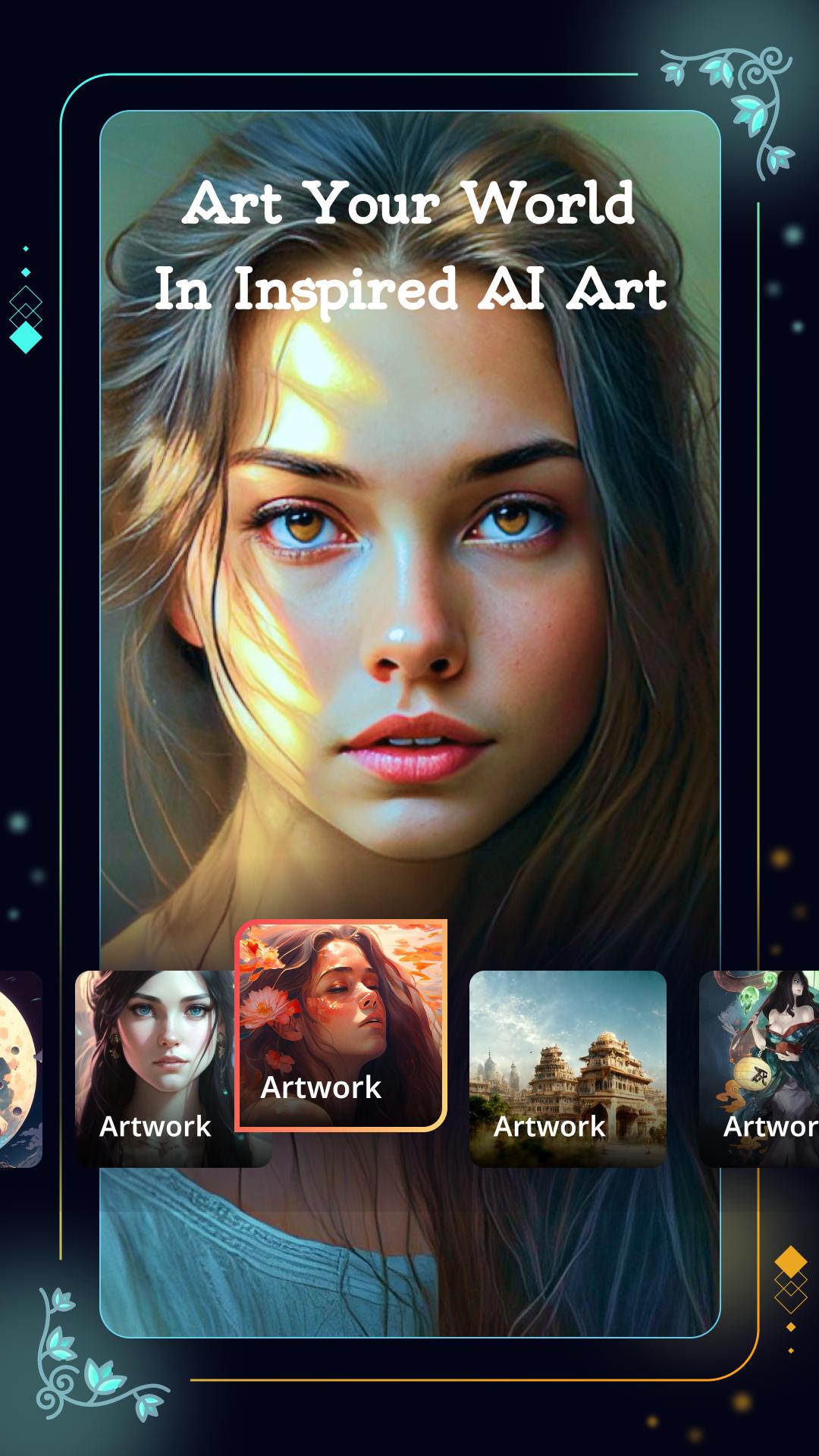
"Pixels and Profits: The Lucrative World of AI Art Collecting"
Share
The art world is experiencing a transformative shift with the rise of AI-generated print art, captivating collectors and redefining creative boundaries. This burgeoning trend is underpinned by significant market growth, notable sales, and the emergence of pioneering AI artists.
Market Growth and Statistics
The AI in art market is on an impressive trajectory. Valued at approximately $3.2 billion in 2023, it is projected to soar to around $40.4 billion by 2033, reflecting a compound annual growth rate (CAGR) of 28.9%. This surge is fueled by advancements in machine learning algorithms that enable AI to create, critique, and curate art.
Complementing this, the global AI image market is anticipated to be worth over $0.9 billion by 2030, marking a 254% increase from its 2022 valuation of just under $0.26 billion. This rapid expansion underscores the growing integration of AI technologies in artistic creation and the increasing interest from collectors.
Notable Sales and Collector Interest
AI-generated artworks have achieved remarkable success in the art market. In 2018, "Portrait of Edmond de Belamy," created by the Paris-based collective Obvious, sold for $432,500 at Christie's, significantly surpassing its initial estimate.
More recently, in February 2025, Canadian musician and artist Grimes sold her AI-created tapestry, "Marie Antoinette After the Singularity," for $25,200 at Christie's first auction dedicated solely to AI-generated art. These sales highlight the increasing acceptance and valuation of AI art among collectors.
Emerging AI Artists
Several artists are at the forefront of the AI art movement:
• Refik Anadol: A Turkish-American artist renowned for transforming data into immersive art installations. In 2023, Anadol's "Machine Hallucinations: Sphere" was displayed on the 580,000-square-foot LED exterior of the Sphere in Las Vegas, utilizing over 300 million images of nature and space.
• Sougwen Chung: A Chinese-Canadian artist who collaborates with AI and robotics to explore the relationship between humans and machines. Chung's "Drawing Operations" series involves performances where robotic arms, trained on her drawing gestures, create art alongside her.
• Botto: An AI artist launched in 2021, Botto has generated over $4 million from sales of its AI-generated artwork. The project involves a decentralized autonomous organization (DAO) where community members vote on Botto's creations, blending AI creativity with human curation.
Collector Demographics and Preferences
The appeal of AI-generated art is particularly strong among younger collectors. A 2024 report by ArtTactic and Hiscox revealed that 40% of art collectors anticipate an increase in purchases of AI-generated art. This trend suggests a shift towards digital and technologically integrated art forms, resonating with a tech-savvy audience.
Challenges and Considerations
Despite its growing popularity, AI-generated art faces challenges, particularly concerning authenticity and originality. A 2024 study indicated that these concerns are among the top apprehensions for collectors considering AI art purchases. Additionally, debates around copyright and the ethical use of AI in art creation continue to evolve.
Conclusion
The collection of AI-generated print art represents a dynamic intersection of technology and creativity, offering new avenues for artistic expression and collection. As the market continues to expand and more artists explore AI as a medium, collectors are presented with unique opportunities to engage with this innovative art form.
